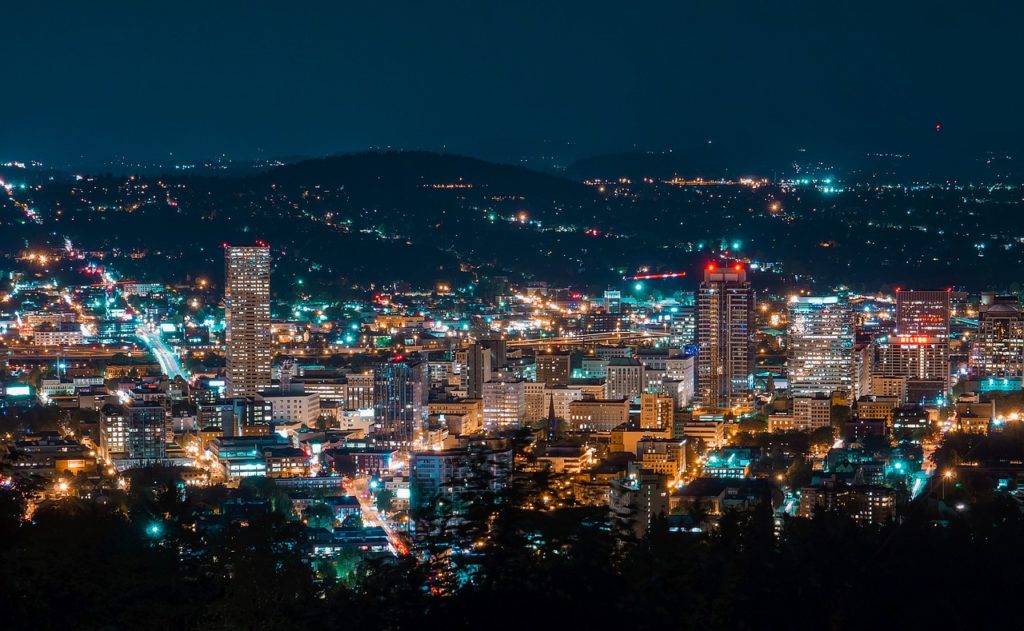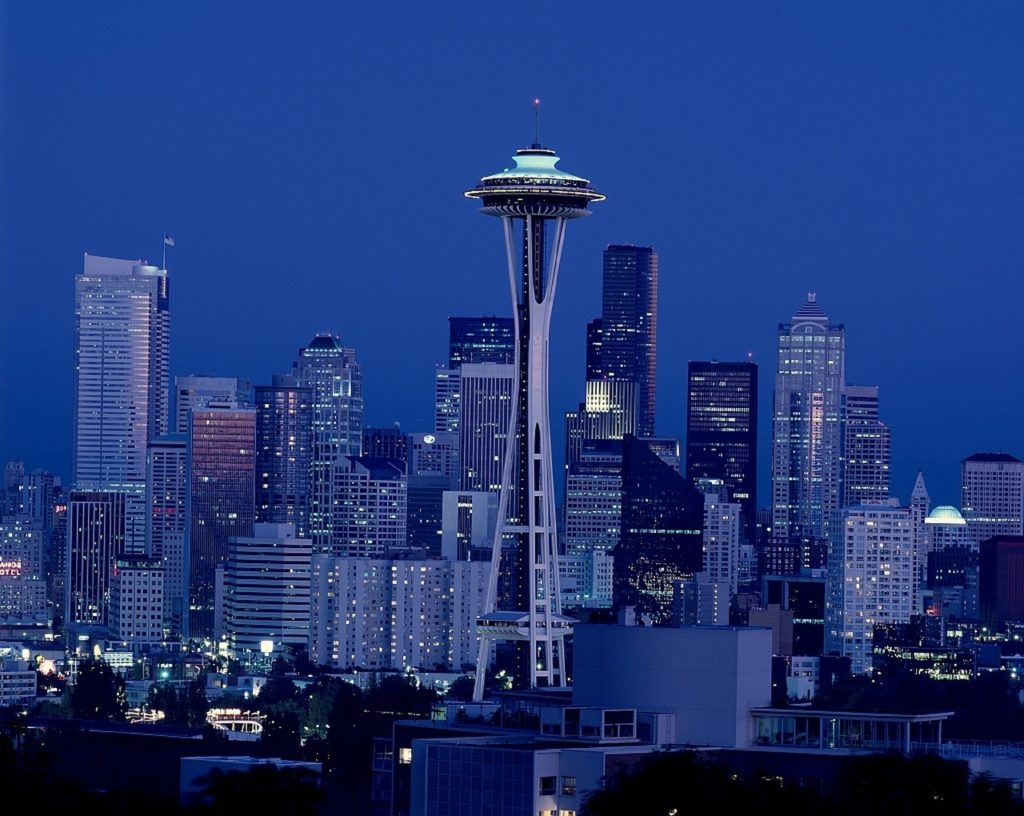Old Black Market Weed Money Now Funds State Programs & More!
The long, BITTER battle to legal recreational marijuana has achieved VICTORY in eight states and Washington D.C.
While buying weed, the same time we buy beer, is AWESOME, there is something a lot more “cool” going on in our community.
If you check your dispensary receipt, you might notice a long list of taxes detailed on the bottom. The extra money might bring PAIN to your eyes when your have to shell out extra cash for your daily eighth. What eases the pain steep taxes, is knowing where our money is ACTUALLY going. And. Word has it that our money is going towards a LOT of great causes that we care about.
In each recreationally legal state, tax revenue that is being produced from the millions of dollars in sales in cannabis products. Once the taxes are collected, they are then delegated to different, budgeted sectors. It is different in each state, but always helpful for vital programs.
We Dug Up Where Marijuana Tax Revenue Money Is Going
Here is what we found, in some of the most profitable legal weed states.
Colorado

With over $150 million in tax revenue collected from the legal sale of marijuana in just 2016, Colorado has paved the way for responsible use of cannabis tax money. The first $40 million each year is set aside for funding schools throughout the state. This helps to support everything from repairing failing infrastructure to keeping after school programs available. The taxes are also used to help educate kids on the dangers of drug use through prevention and intervention services and programs.
Besides school funding the marijuana taxes are also used towards law enforcement funding, substance abuse programs for adolescents and pregnant women, and child welfare training. It is also used to help with running the Circle Program, which aids in helping addicts detox during an inpatient session. But with the massive amount of tax money collected in Colorado, it doesn’t stop there.
The Department of Agriculture, Department of Transportation, and Department of Human Services, among others, also get a cut of the marijuana tax revenue. This leads to roads being fixed, farming problems being solved, and help for low income residents.
According to the Governor’s office all of these departments and programs are helped by marijuana tax revenue:
- Department of Public Safety
- Department of Education
- Department of Agriculture
- Department of Health Care Policy and Financing
- Department of Local Affairs
- Judicial Department
- Attorney General’s Office
- Department of Transportation
- Substance abuse treatment
- Youth prevention programs
- BEST Public school fund
- Governor’s office
Oregon

Another heavy hitter in the legal marijuana world.
Oregon has made over $65 million in marijuana tax revenue since January 2016. Much like Colorado, Oregon decided to allocate much of the marijuana tax revenue to public schools. They also adopted the 40% model for money that goes to fund public schools. This is a huge deal, especially for rural districts!
Oregon however, went ever more in depth and set precise percentages for the rest of the revenue as well.
The rest of the 60% of revenue is to be spent as follows:
- 20% is to fund mental health, alcoholism, and drug services programs
- 15% for the State Police
- 10% for Local law enforcement in cities
- 10% for Local law enforcement in counties
- 5% goes to the Oregon Health Authority to help fund substance abuse prevention programs and treatment services
Washington

In 2012 recreational marijuana was legalized in the state of Washington. While it was voted on and enacted in the same year as Colorado, the two states have quite different budgets for the tax revenue that is generated from the sale of marijuana.
Washington has a high tax rate of 37% on recreational marijuana (in comparison Oregon is up to 20% and Colorado is largely around 15% depending on the city). Not only does Washington set out certain percentages for allocation of tax revenue, but they have also set exact amounts as well to be used towards specified programs and departments.
In the state of Washington tax revenue from marijuana sales is shared between:
- The Department of Social and Health Services for gathering information through a bi-annual survey
- The Liquor and Cannabis Board
- The Building Code Counsel for use towards marijuana facilities
- Programs run by the Department of Social and Health Services aimed at preventing substance abuse
- The University of Washington
- Washington State University
- Research on the effects of marijuana use, both long and short term
- The state basic health plan
- Washington State Health Care Authority
- The Superintendent of Public Instruction, to be used towards grants
Alaska

One of the lesser spoken about recreational states.
Alaska voted to legalize recreational use of marijuana in 2014. Although it took nearly two years after that election to open the first dispensary in Alaska, the numbers are finally coming in.
Currently only 5 stores are open across the state. The hand full of shops are expecting to generate $6 million in sales this year and $12 million in 2018. All of that money means a good chunk of taxes as well! Since the Alaskan operation is much smaller there are subsequently fewer beneficiaries of the marijuana tax revenue.
To make things easy the state has decided to split the money fifty-fifty between two places:
- The state’s general fund
- Programs to reduce repeat offender criminals
While this may seem over simplified, there are only five shops so far. As the state continues to grow its thriving recreational marijuana industry tax revenue beneficiaries may also grow. For now, money is spent on the social services department, public safety, and fighting domestic violence, which are all great causes.
Currently, a good amount of data has been collected in states like Colorado, Oregon, and Washington, there is likely to be even more promising news in the future. With four more states joining the recreational marijuana field since the 2016 election (Massachusetts, Maine, California, and Nevada) more data will be available soon.
Until then, support your local schools, law enforcement, and department of transportation by visiting the nearest recreational marijuana dispensary! 😀
- Legalization in California, Part 2 - April 10, 2018
- Top 5 Things to do in Boston - April 6, 2018
- Legalization in California, Part 1 - April 3, 2018
Leave a Reply